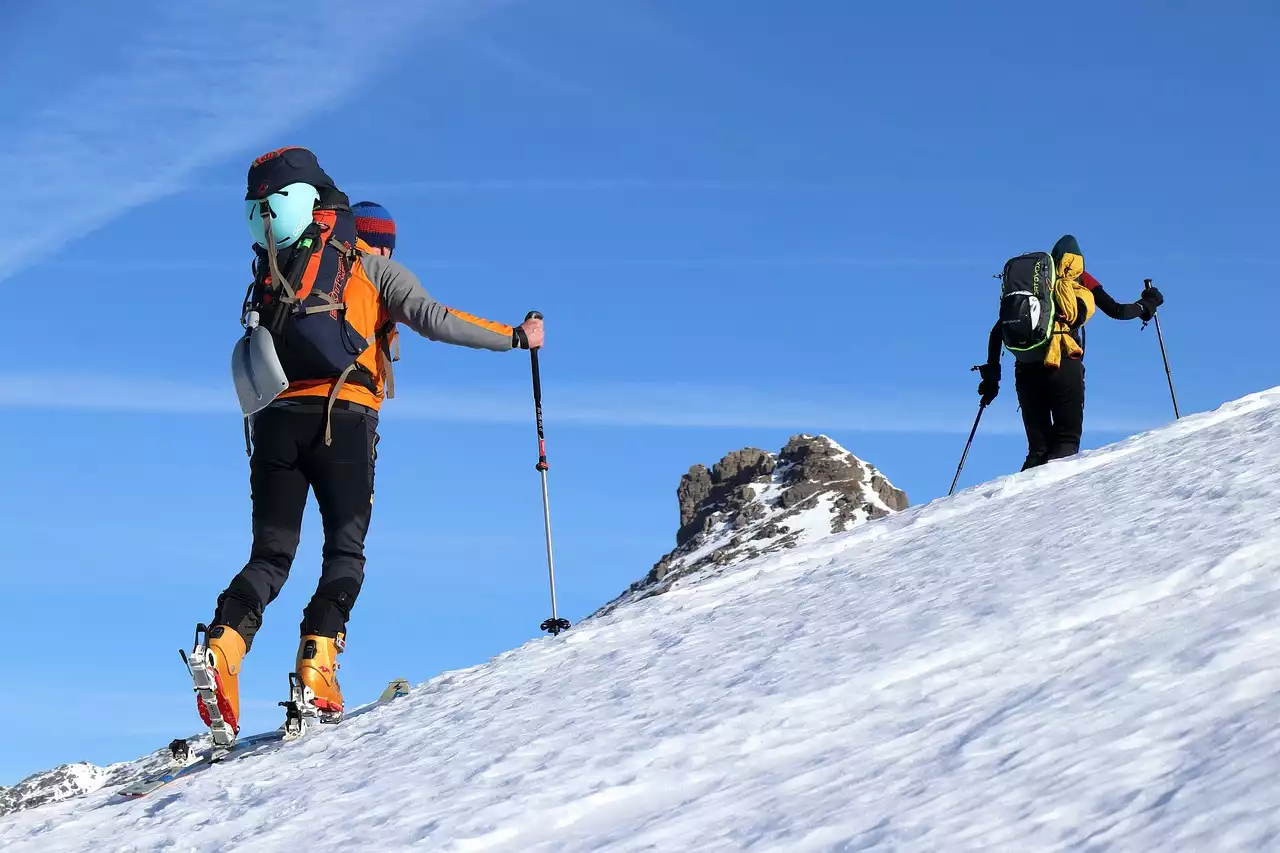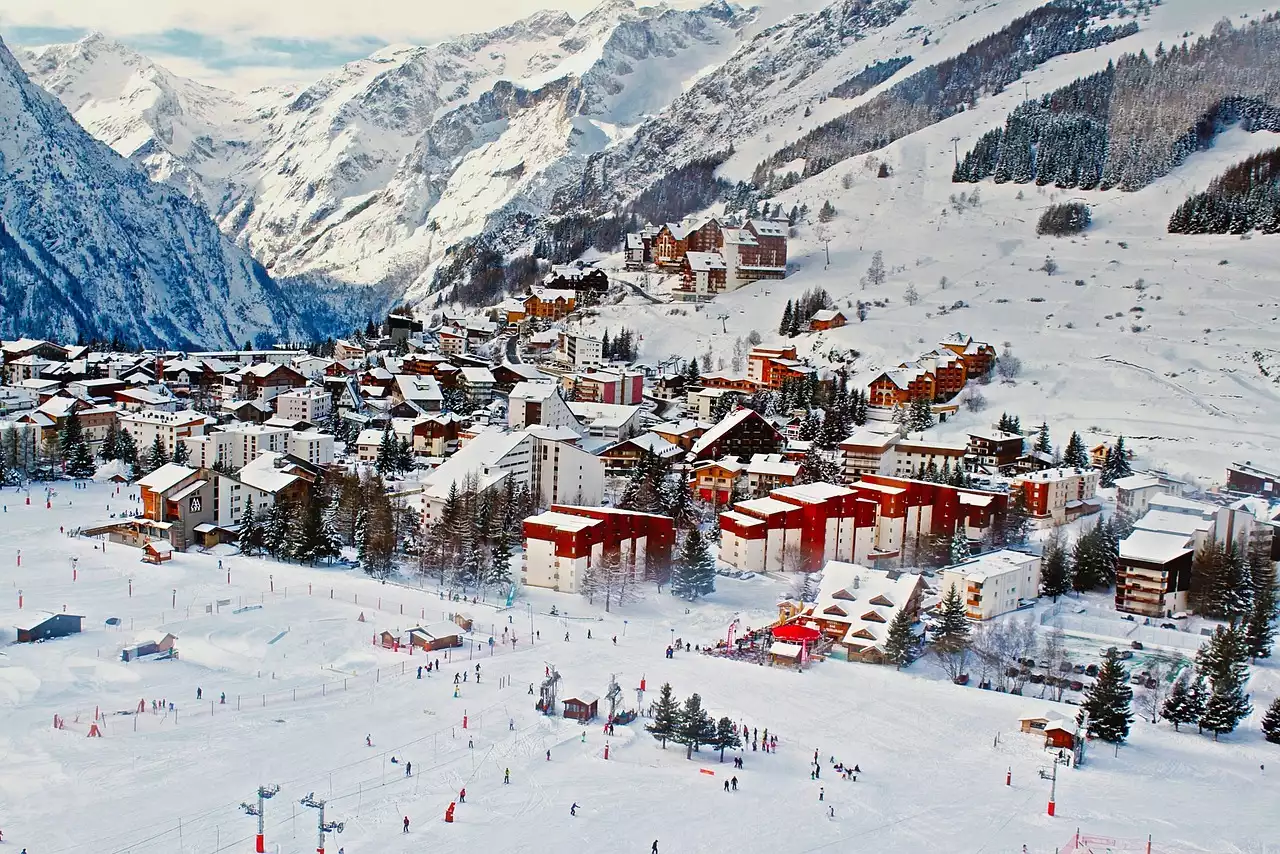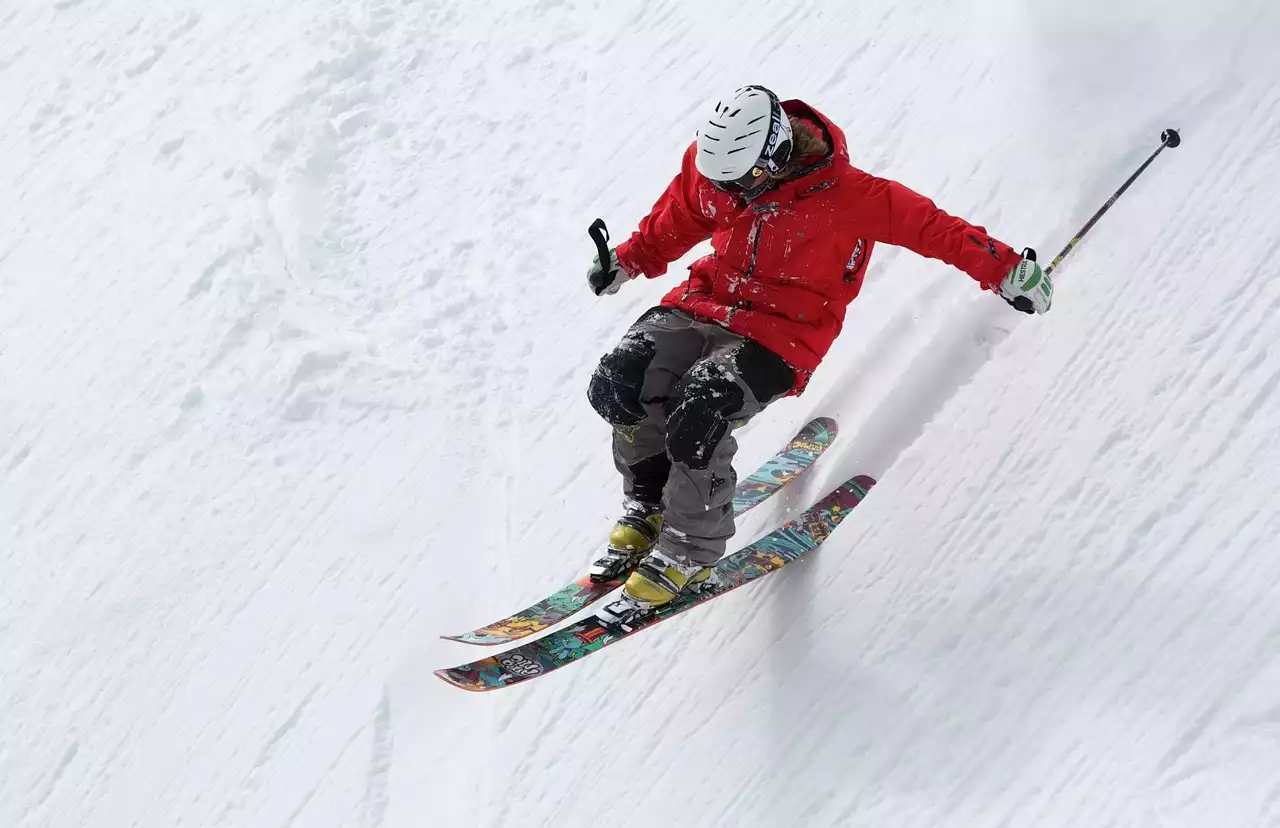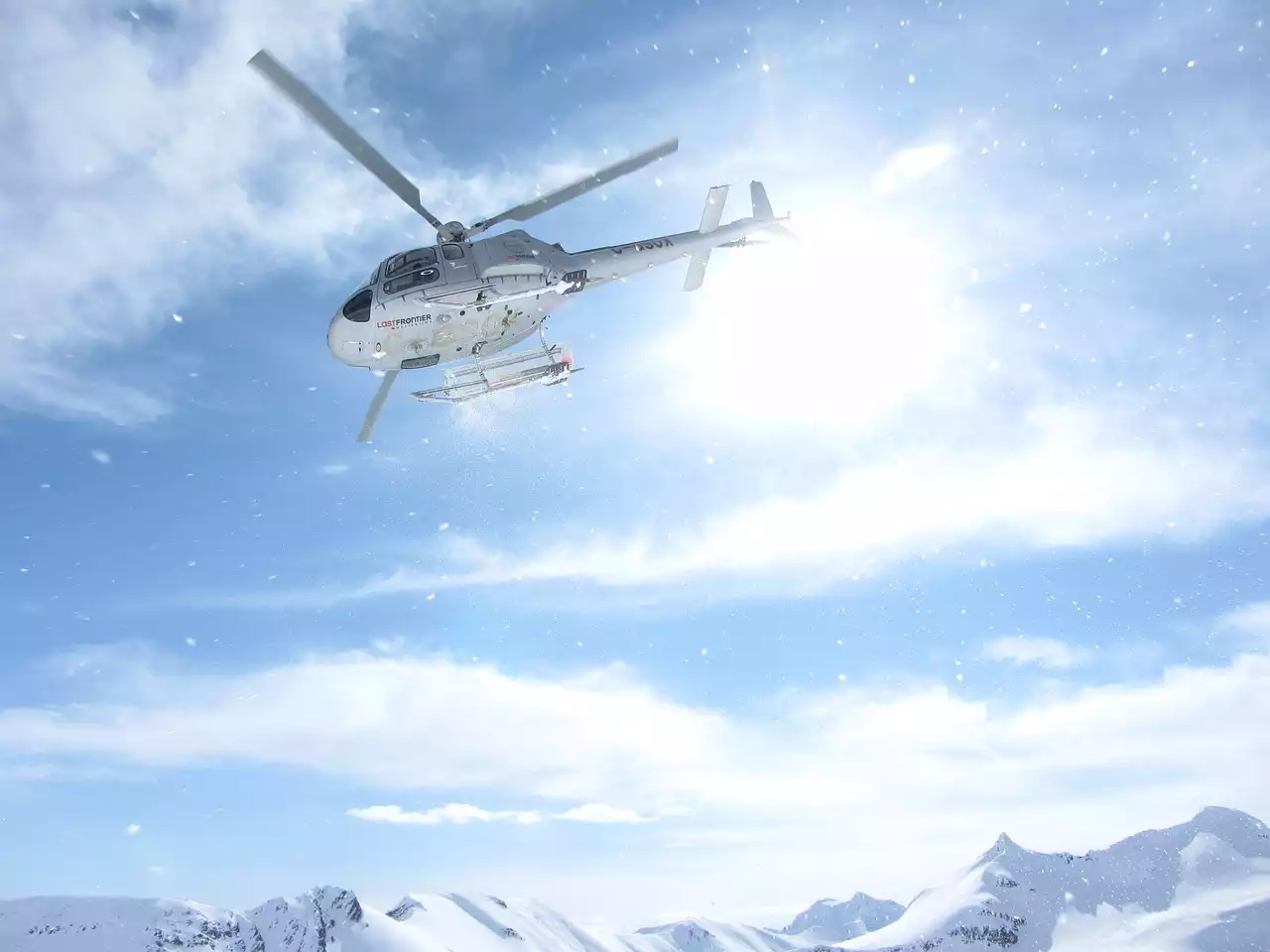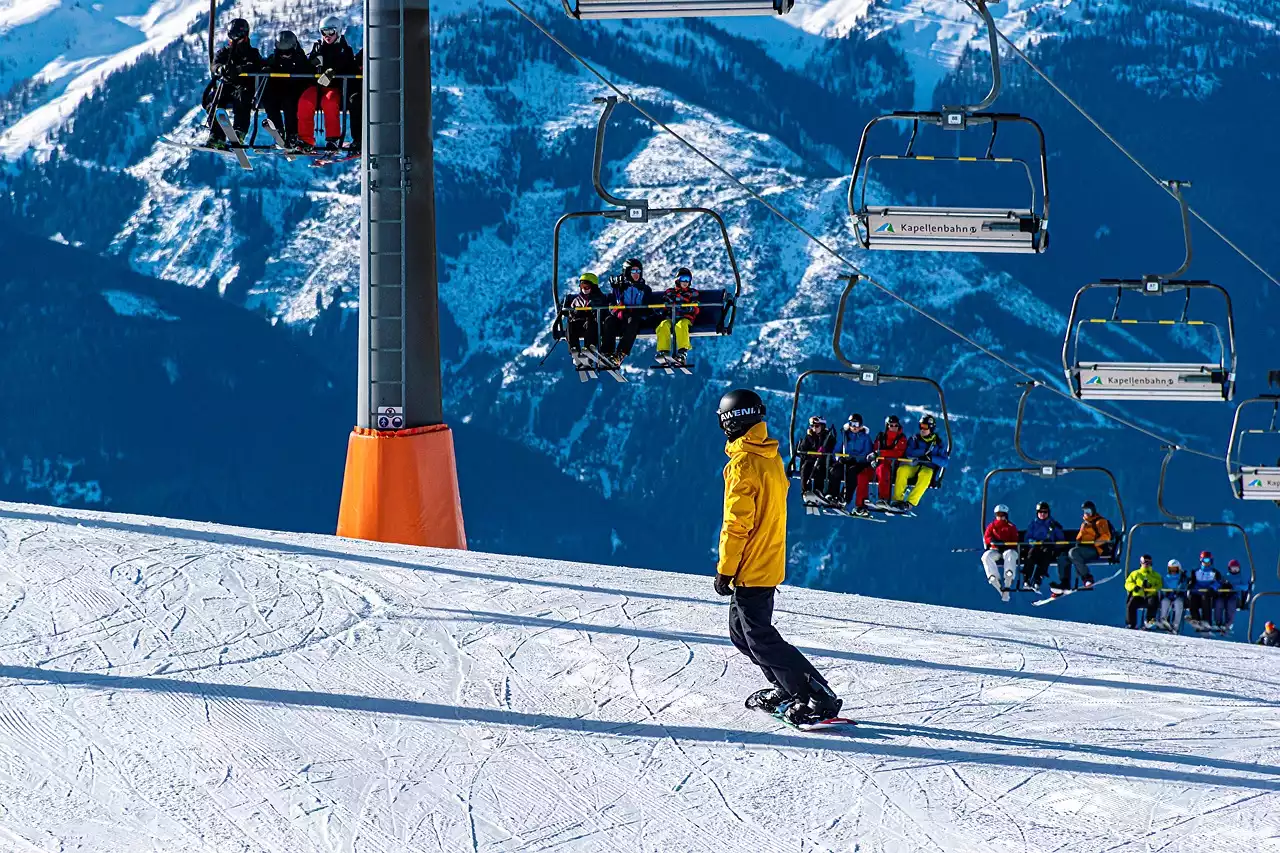The Difference Between Resort and Backcountry Skiing
The first thing to understand about backcountry skiing is that it's very different from skiing at a resort. At a resort, the terrain is groomed, patrolled, and controlled for avalanches. You have access to lifts and ski patrols that can help you if you get into trouble. In the backcountry, however, you're responsible for everything yourself. You'll need to navigate, assess risks, and make good decisions on your own.
Backcountry skiing also requires different gear than resort skiing. You'll need touring skis or a splitboard, which allow you to climb uphill, as well as skins, which are strips of material that attach to the bottom of your skis or splitboard to provide traction on the uphill. You'll also need avalanche safety gear, including a beacon, shovel, and probe, and a backpack to carry all your gear.
Essential Gear for Backcountry Skiing
When it comes to backcountry skiing, having the right gear can mean the difference between a great day and a disaster. Here are some essential items you'll need to bring:
Touring Skis or Splitboard
Touring skis or a splitboard are designed to allow you to climb uphill. They have a different shape and flex than resort skis or snowboards, and they're typically lighter. If you're new to backcountry skiing, renting gear is a good option to start with.
Skins
Skins are strips of material that attach to the bottom of your skis or splitboard to provide traction on the uphill. They're essential for backcountry skiing, as they allow you to climb uphill without slipping.
Avalanche Safety Gear
Avalanche safety gear is essential for backcountry skiing. This includes a beacon, shovel, and probe. A beacon is a device that emits a signal that can be picked up by other beacons if you get buried in an avalanche. The shovel and probe are used to locate and dig out a buried skier.
Backpack
You'll need a backpack to carry all your gear. Look for a backpack with straps to carry your skis or board, as well as room for your avalanche safety gear, water, and extra clothing.
Avalanche Safety and Awareness
Avalanches are a real risk when skiing in the backcountry, and it's essential to understand how to stay safe. Here are some tips for avalanche safety and awareness:
Take an Avalanche Safety Course
If you're new to backcountry skiing, taking an avalanche safety course is essential. These courses will teach you how to assess avalanche risk, how to use your beacon, shovel, and probe, and how to make good decisions in the backcountry.
Check Avalanche Conditions
Before heading out, check the avalanche conditions for the area you'll be skiing in. The Avalanche Forecast website is a great resource for this. If the avalanche risk is high, consider skiing in a different area or staying home.
Travel in Groups
Traveling in a group is essential for backcountry skiing. If someone gets caught in an avalanche, a group can work together to locate and dig them out. Stay within sight and earshot of each other, and never travel alone.
Planning Your Backcountry Ski Trip
Planning your backcountry ski trip is essential for staying safe and having a great experience. Here are some tips for planning your trip:
Choose Your Route
Choose a route that matches your skills and fitness level. Take into account the terrain, the length of the tour, and the avalanche risk. Talk to locals or join a local backcountry skiing group to get advice on the best routes.
Check the Weather
Check the weather forecast for the day of your trip. Avoid skiing on days with high winds, low visibility, or heavy snowfall, as these conditions can increase the risk of avalanches.
Tell Someone Your Plan
Before heading out, tell someone your plan, including where you'll be skiing and when you plan to return. This way, if something goes wrong, someone knows where to look for you.
Navigation and Route-Finding in the Backcountry
Navigation and route-finding are essential skills for backcountry skiing. Here are some tips for staying on track:
Use a Map and Compass
Always carry a map and compass and know how to use them. GPS devices are helpful, but they can fail or run out of battery, so it's important to have a backup.
Identify Key Terrain Features
Identifying key terrain features, such as ridgelines, valleys, and lakes, can help you navigate and stay on track.
Follow Tracks
Following tracks left by other skiers can be helpful, but be aware that they may not be going where you want to go. Use your map and compass to make sure you're heading in the right direction.
Techniques for Ascending and Descending in the Backcountry
Backcountry skiing requires different techniques than resort skiing. Here are some tips for ascending and descending in the backcountry:
Skinning Techniques
When climbing uphill, use a kick-and-glide technique, where you kick your ski forward and then glide on the skin. Keep your weight forward and use your poles for balance.
Kick Turns
When you need to change direction on a steep slope, use a kick turn. Plant your uphill pole and pivot on the downhill ski, turning your body and skis 180 degrees.
Steep Skiing
When skiing steep slopes, keep your weight forward and make short, controlled turns. Avoid skiing straight down, as this can increase your speed and make it harder to stop.
Tips for Skiing in Variable Snow Conditions
Snow conditions in the backcountry can vary widely, from light powder to heavy, wet snow. Here are some tips for skiing in variable snow conditions:
Adjust Your Technique
Adjust your technique to match the snow conditions. In powder, keep your weight forward and make wide, flowing turns. In heavy, wet snow, keep your weight back and make shorter, controlled turns.
Be Aware of Changing Conditions
Snow conditions can change quickly in the backcountry. Be aware of changing weather and snow conditions, and adjust your skiing accordingly.
Be Prepared for Ice
In colder temperatures, snow can turn to ice. Be prepared for ice by sharpening your edges and skiing with caution.
Leave No Trace Principles for Backcountry Skiing
Leave No Trace principles are essential for preserving the backcountry environment. Here are some tips for practicing Leave No Trace principles when backcountry skiing:
Pack Out Your Trash
Pack out all your trash, including food wrappers and toilet paper. Don't bury your trash, as it can attract animals and take years to decompose.
Stay on Established Trails
Stay on established trails to avoid damaging vegetation and disturbing wildlife.
Respect Wildlife
Respect wildlife by giving them plenty of space and not disturbing them.
Resources for Learning More about Backcountry Skiing
There are many resources available for learning more about backcountry skiing. Here are some places to start:
Avalanche Forecast
The Avalanche Forecast website provides up-to-date avalanche conditions for many areas in the US.
Local Ski Shops
Local ski shops are a great resource for finding out about local backcountry skiing routes and conditions.
Avalanche Safety Courses
Taking an avalanche safety course is essential for backcountry skiers. Many local ski shops and guide services offer courses.
